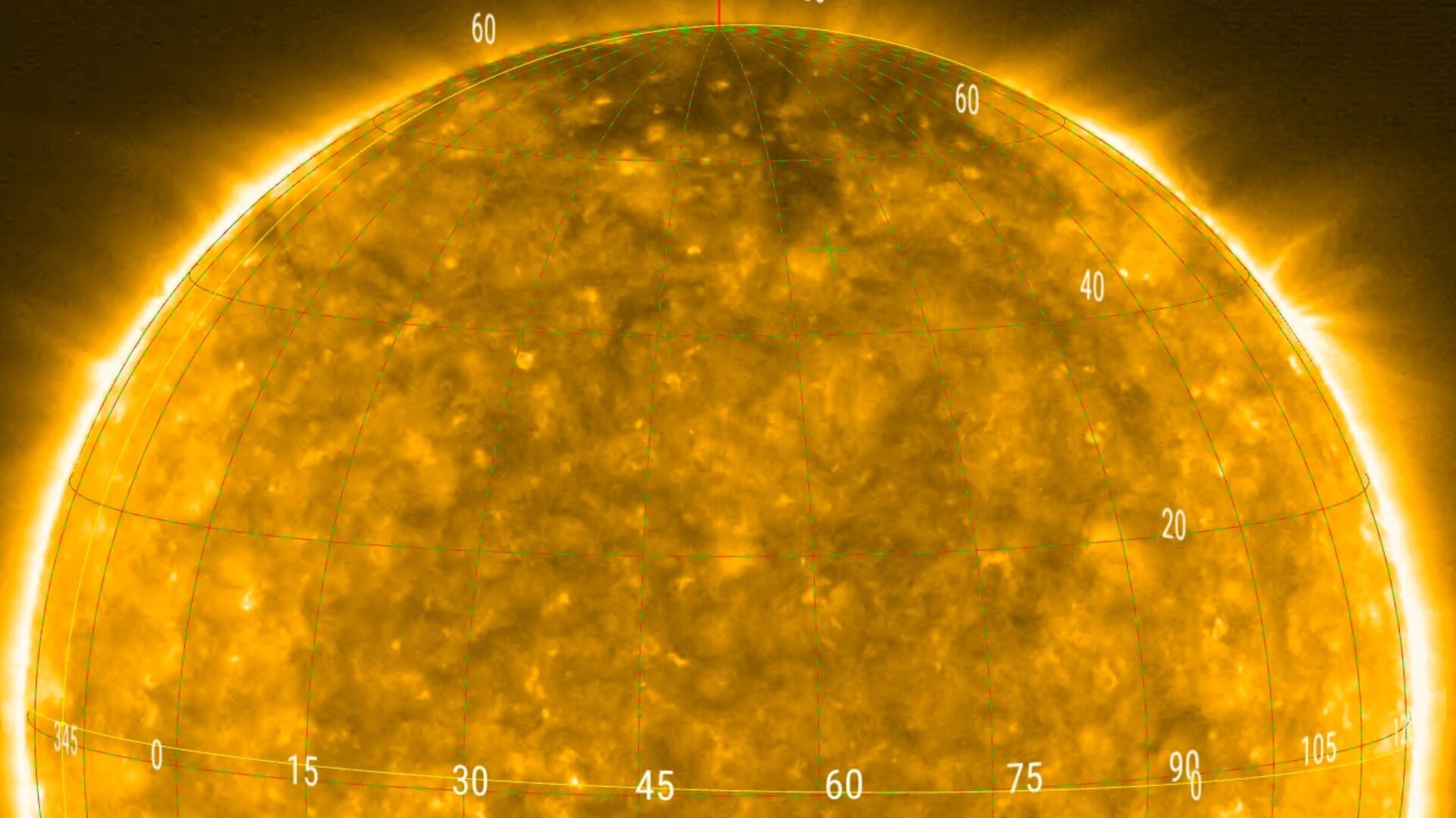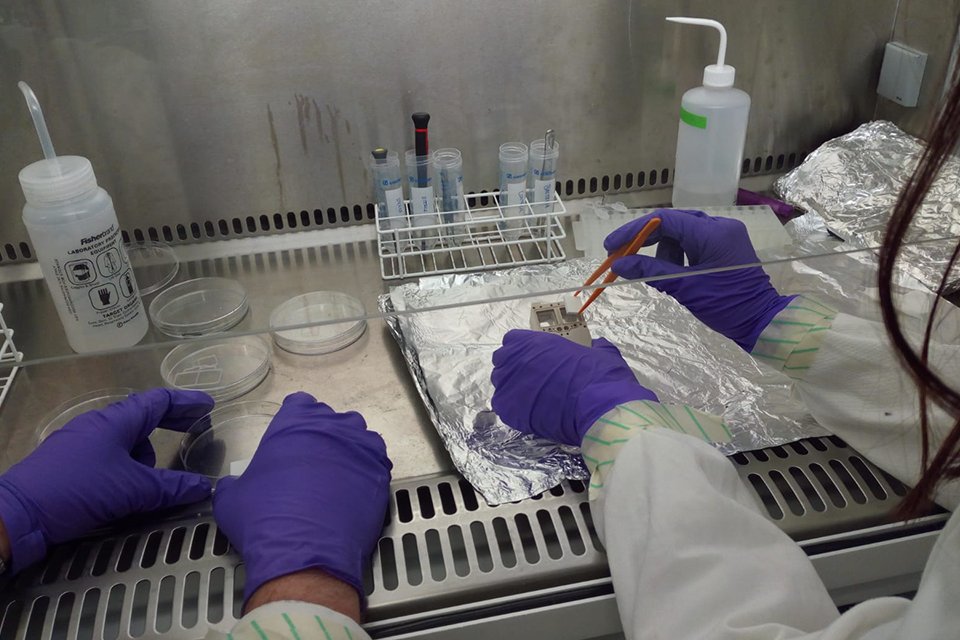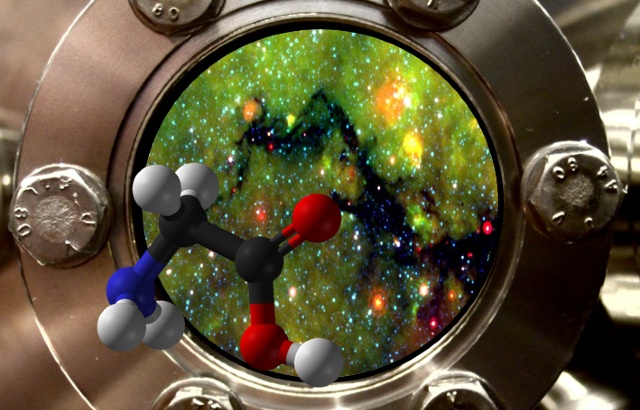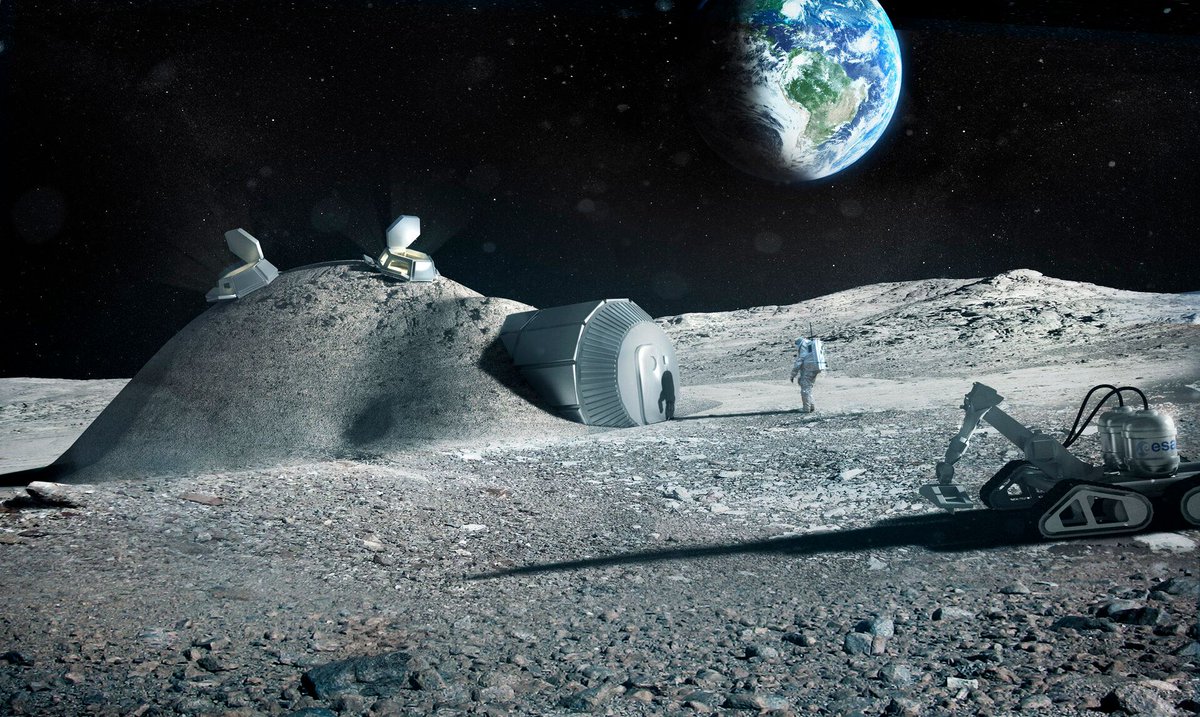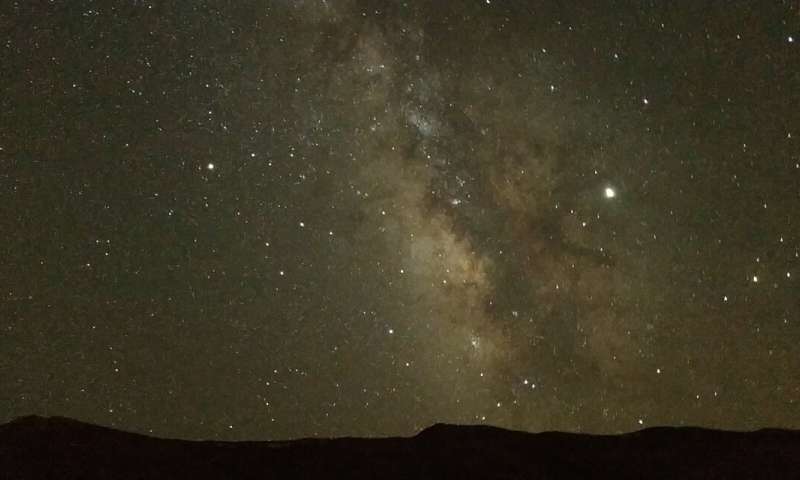One of the best things about astronomy is that it’s a never-ending supply of awesome visuals. Almost every new mission or telescope provides new ways to see the universe, and when those are translated visually they can offer absolutely stunning images of some of the most interesting places in that universe. Now humanity is starting to process the images from one of the newer missions to grace the heavens: the European Space Agency’s Solar Orbiter. And boy are those images breathtaking.
Continue reading “Pictures are coming in from Solar Orbiter”The Kilonova-Chasing Gravitational-Wave Optical Transient Observer is About to be Watching the Whole Sky
Lately there has been a flood of interest in gravitational waves. After the first official detection at LIGO / Virgo in 2015, data has been coming in showing how common these once theoretical phenomena actually are. Usually they are caused by unimaginably violent events, such as a merging pair of black holes. Such events also have a tendency to emit another type of phenomena – light. So far it has been difficult to observe any optical associated with these gravitational-wave emitting events. But a team of researchers hope to change that with the full implementation of the Gravitation-wave Optical Transient Observer (GOTO) telescope.
Continue reading “The Kilonova-Chasing Gravitational-Wave Optical Transient Observer is About to be Watching the Whole Sky”Attention Astronauts. Fresh Radishes Are Now On the Menu
Radishes are a very divisive food – most people either love them or hate them. However, they are very easy to grow, and have now been grown in one of the most inhospitable environments of all – the International Space Station.
Continue reading “Attention Astronauts. Fresh Radishes Are Now On the Menu”We’re About to Find Out How Well Biomining Works in Space
Mining is traditionally thought of as an activity that utilizes picks and shovels, or in more modern times, huge machines that can tear apart entire mountainsides in minutes. Industrial might isn’t the only way to rip apart rock though. A scalable and much more environmentally friendly way to access the materials mining seeks to extract is to use microbes. Such techniques are already widely used in terrestrial mining operations. But recently, a team led by the University of Edinburgh have launched an asteroid mining experiment using microbes on the International Space Station (ISS).
Continue reading “We’re About to Find Out How Well Biomining Works in Space”A Company is Hoping to Race Rovers on the Moon
There is an argument to be made about playing sports in space. Differences in gravity, atmospheres, and even “weather” can make for some interesting variation of well known sports. And if there’s one sport that’s been around for as long as humanity, it’s racing. Viewers that tune in for the entertainment could provide a great source of funding revenue that could help support other, more scientifically rigorous programs. Now a company called Lunar Outpost has announced plans to hold the first ever extraterrestrial robotic race – on the moon.
Continue reading “A Company is Hoping to Race Rovers on the Moon”Glycine Can Form In Interstellar Clouds
Author’s note: This article was written in collaboration with Vincent Kofman, a co-author of the paper it discusses and Post Doctoral Researcher at NASA’s Goddard Space Flight Center
Amino acids are one of the most important building blocks of life as we know it. At its core, they contain an amino and an acid group, through which they can link together with other amino acids. That linking process can form long chains, which is how they form proteins. In humans, 20 different amino acids make up all proteins, and the difference between them is in the molecular side chain between the amino and the acid group. The different groups make interconnections in the chain, folding it into highly specific forms, allowing the proteins to perform highly specific tasks, ranging from metabolism, to muscle movement, and cell duplication.
Given that their presence is a necessary, though not necessarily a sufficient, condition for the development of life, scientists have spent many decades exploring where they first formed. With a paper in Nature Astronomy published last month, they moved one step closer to that understanding, by discovering that it is possible to form glycine, the simplest amino acid, in the star nurseries of interstellar clouds.
Continue reading “Glycine Can Form In Interstellar Clouds”Spiral-shaped Planetary Disks Should Be More Common. Giant Planets Might Be Disrupting Their Formation
Planetary system formation is a process that involves astounding and complex forces. Humans have only just started trying to understand what goes on in this extraordinarily important phase of the development of new worlds. As such, we are continuing to make new discoveries and come up with better models that better fit the observations that our instruments are able to collect.
The most recent of those improved models was announced by a research team at the University of Warwick. A paper in Astrophysical Journal Letters explores possible reasons for why there is a lack of spiral structures in newly formed protoplanetary discs. Their answer is a simple one: massive planets that form on the outside of the disc might be disrupting the spiral formation.
Continue reading “Spiral-shaped Planetary Disks Should Be More Common. Giant Planets Might Be Disrupting Their Formation”Satellites can see the pollution trails from individual ships
All hands have to be on deck if the world is going to tackle degradation, and one of the biggest emitters is also one of the least well known – international shipping. A 2018 study estimated that pollution emitted from cargo ships resulted in 400,000 annual premature deaths from lung cancer and heart disease. Many of those deaths resulted from the sulfur dioxide the ships were belching into the air. Since the beginning of the year, sulfur dioxide has been capped at .5% of emissions, compared to 3.5% previously. While the long term benefits of that emissions cap will take some time to appear, there’s another pollutant that could potentially be tackled in the near future: nitrogen dioxide.
Nitrogen dioxide (NO2) is one of the emissions from diesel engines, and has been strictly capped in the automotive market for a number of years. While the shipping industry so far has escaped regulation, there is a strong possibility that restrictions may be coming in the near future. Regulations in themselves are great, but they are useless if not enforced, and the open ocean is a notoriously difficult place to enforce them. That difficult task might have just gotten easier, as scientists at the European Space Agency realized they can use satellite data they are already collecting to track the nitrogen dioxide emissions of individual ships on the open ocean.
Continue reading “Satellites can see the pollution trails from individual ships”Figuring Out How To Breathe the Moon’s Regolith
Oxygen ranks right up there as one of the most important resources for use in space exploration. Not only is it a critical component of rocket fuel, it’s also necessary for astronauts to breathe anywhere outside Earth’s atmosphere. Availability of this abundant resource isn’t a problem – it’s widely available throughout the solar system. One place it is particularly prevalent is lunar regolith, the thin material layer that makes up the moon’s surface. The difficulty comes from one of the quirks of oxygen – it bonds to almost everything.
Approximately 45% of the weight of regolith is oxygen, but it is bonded to materials such as iron and titanium. To utilize both the oxygen and the materials it’s bonded to they must be separated. And a British company, with support from the European Space Agency, has begun testing a technique to judge its potential effectiveness on the moon.
Continue reading “Figuring Out How To Breathe the Moon’s Regolith”ESA Is Going To Spend $102 Million To Remove a Single Piece of Space Junk
How much would you be willing to spend to remove a piece of space debris? Does $102 million sound like enough? That is how much a contract between the European Space Agency (ESA) and a Swiss start-up named ClearSpace SA is worth, and the entire contract is to simply remove a single piece of space debris.
Continue reading “ESA Is Going To Spend $102 Million To Remove a Single Piece of Space Junk”
